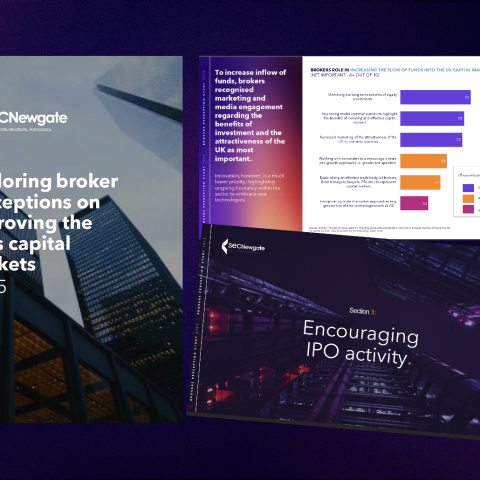Pressure points for NZAM signatories

By Eva Rana
As stewards of a vast portion of global capital, members of the Net Zero Asset Managers initiative (NZAM) should have plenty of leverage – right? Yet, as the next round of interim disclosures approaches, the ‘path to net zero’ seems paved with awkward questions and dilemmas…
NZAM is one of the world’s largest climate-focused finance networks, with 236+ signatories managing over $57.5 trillion in assets. Amid the momentum of COP26 last year, 43 members of the alliance disclosed interim targets to reduce carbon emissions within their portfolio. The expectation was towards incremental progress until eventually committing 100% of their collective assets for net zero by 2050. But there has been a massive tonal shift in expectations since last November.
The alarming report by Intergovernmental Panel on Climate Change (IPCC) requires at least 50% reduction in emissions to limit global warming to 1.5 degrees Celsius. Given this urgency, climate finance activists are demanding more ambitious targets. According to Universal Owner, the average decarbonisation target adopted by NZAM signatories so far only addresses 20% of total assets; merely 11 firms committed the entirety of their AUM.
Now the rest are confronted with uncomfortable demands. When it comes to scrutiny of emissions targets, questions typically concern each asset manager’s baseline assumptions, scope of coverage (including scope 3 emissions) and time frames. In the absence of an overarching one-size-fits-all climate strategy, they must outline comprehensive decarbonisation methodologies across different asset types – derivatives, cash, fixed income, especially private equity which has a dearth of data quality and availability. They must also account for geographical variations in climate risk and the speed of net zero uptake.
Another increasingly salient point is now being raised about whether these commitments are absolute or relative to the organisation’s own emissions profile; do they match its total revenue, output, staff footprint, etc.? For asset managers, this issue is compounded by the climate impact of their individual holdings. Looking at the largest global firms, a small proportion of holdings (around 10%) in carbon-intensive sectors were actually responsible for 85% of their total portfolio emissions. As NZAM currently stands, firms can choose which subset of assets to include within their interim targets. Some view this as a “loophole” to selectively commit only those assets already classed as ‘green’ under SFDR, thereby forgoing a responsibility to actively change the business models of investee companies in the most carbon-intensive sectors.
Alternatively, they can simply exit their most carbon-intensive holdings to meet net zero targets. But for passive managers with a vast ‘universe’ of holdings in index funds, divestment has always been a sticking point. Climate activists have been calling for asset managers to “rewire indexing” towards net zero alignment. Following the invasion of Ukraine, passive giants like BlackRock rapidly engaged with underlying indices to eliminate all exposure to Russian equities. This development has ‘fuelled’ (indulge me this pun in poor taste…) them to demand similar action on fossil fuels.
Many believe in a robust stewardship programme as the best way forward, but there is little consensus on what this looks like in practice. Given the immense shareholding influence of global asset managers, commentators may increasingly cite past ESG voting record to question the credibility of any future commitments, including NZAM targets.
While there is a case to be made for incremental progress (these are, after all, ‘transitional’ targets), asset managers must nevertheless be cognisant about how their intentions are perceived by wider stakeholders in the process. They can at least pre-empt the reputational damage of being framed as ‘bad faith’ actors, by being transparent about their work-in-progress and forthcoming about how they are resolving the industry’s collective dilemmas, particularly in the absence of a global regulatory standard.








